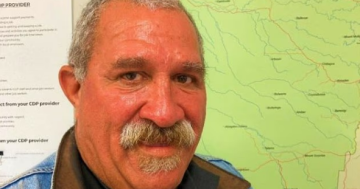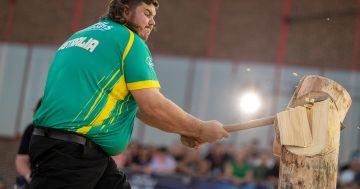
Behind every NRL, AFL, Super Rugby and A-League team there’s an army of support staff. Photo: Tim Gavel.
In the early days of the Raiders you could count staff members on two hands and the club was operating out of the Queanbeyan Leagues Club.
The gym was located in the squash courts and the coaches were positioned in offices through the club.
The players had jobs and trained at night at Seiffert Oval. As a journalist, if you wanted to interview a player, you did it at the player’s place of work.
Then along came professionalism and television money, and with more money in the game, the spending on resources went into overdrive.
Players no longer needed jobs because of the higher salaries. They trained through the day and had nights to themselves.
The real growth, though, emerged in football departments and support staff. It emulated an arms race. If one club had a specialist coach or analyst, you could be sure it was soon replicated at every other club.
This not only applied to the Raiders, it’s at every football club in every code, whether it be NRL, AFL, Super Rugby or the A-League.
Having said that, the Raiders are regarded as middle range when it comes to spending on their operations and it’s nothing when compared to the size of the football departments in the AFL.
Another aspect has been the ballooning payments to players. Every time more money comes into sport, players demand an increase in payment. The salary cap in the NRL was scheduled to be $9.9 million next season, of which $9.5 million would be spent on 30 players at each club.
The COVID-19 pandemic and the subsequent cutbacks have exposed the true nature of spending in professional sport in Australia.
Do you think we would be having this discussion had the pandemic not forced the shutdown of sport? I seriously doubt it. The focus instead would have been on the playing field.
The shutdown has caused this introspection, and it may be the wakeup call that some sports needed.
Among rugby league supporters, the real issue is the spending at NRL headquarters and the revelation if costs $493,000 a week to run the competition and State of Origin series.
That figure – practically a rounding error off half-a-million a week – doesn’t include payments to players, clubs and the development of the code.
In the NRL, a few targets for savings have emerged, including costs associated with ‘the bunker’, which is reported to cost $2 million a year.
When sport does resume, there will be a focus on keeping costs down. The COVID-19 shutdown, if nothing else, has provided impetus for all sport to take a look at their spending. The current model has proven to be unsustainable.
Original Article published by Tim Gavel on The RiotACT.
















